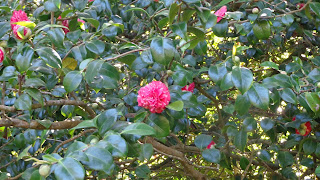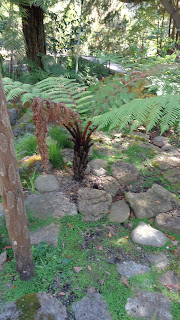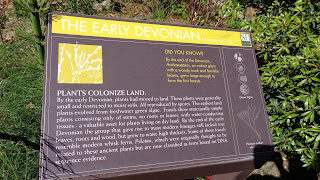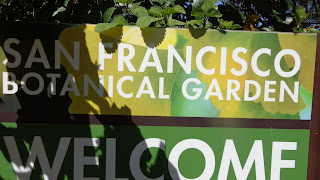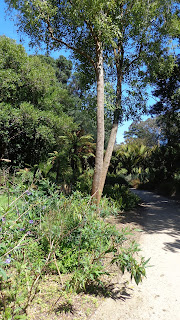Visit one of Canada’s largest public rhododendron gardens. Enjoy the azaleas and rhododendrons surrounded by white pines, perennials, and shrubs.
The best floral displays are between May and June but you can enjoy the garden year-round. The rhododendrons were donated by the late Dr. Joseph Brueckner.







































